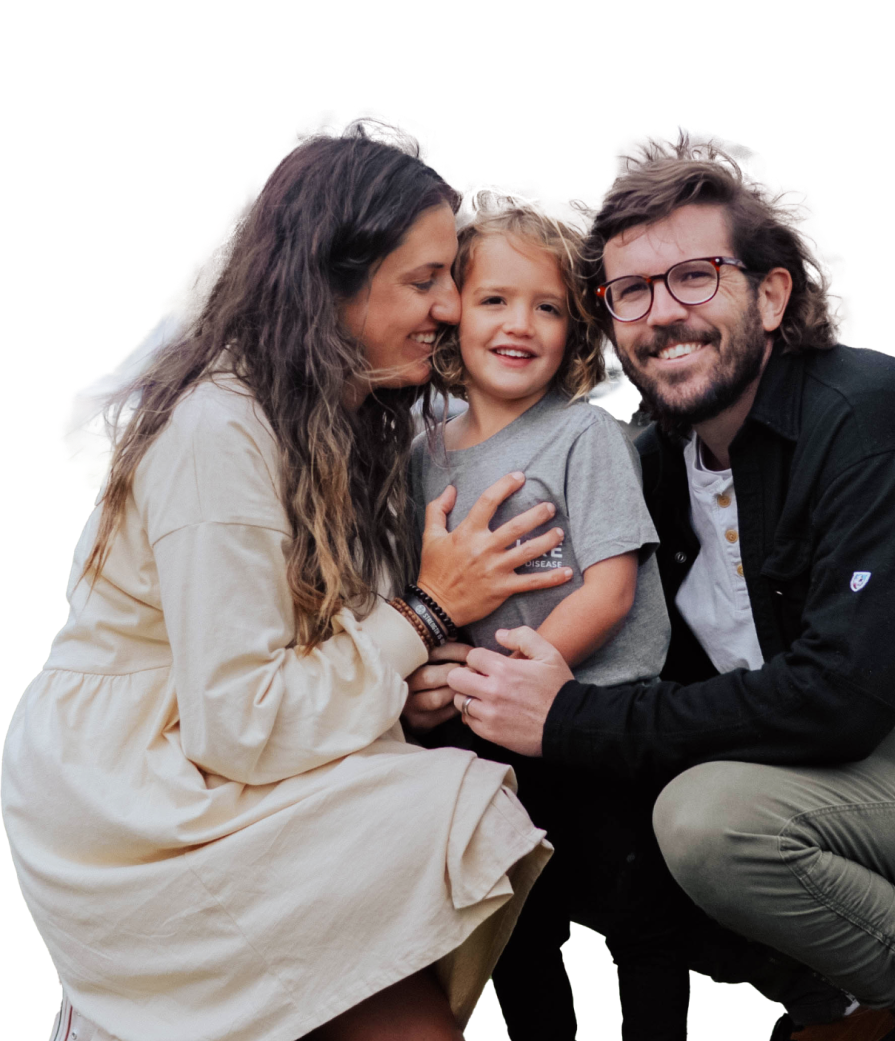We envision a future where every patient has access to treatment. Through the CRD drug development model, we aim to increase the efficiency of developing treatments for neglected diseases, ensuring that patients have access to the hope of a healthier future.

Ultra-rare disease is a hidden epidemic.

people are diagnosed with a rare disease. The majority affected are children.

rare-diseases and counting. Most are life-threatening.

of all rare diseases currently have no treatment or cure.
In the U.S. and Canada alone, 37 million people have a rare disease.






CRD is a builder, streamlining a fragmented system.
CRD is a drug development engine, bringing together early stage research with CRD’s drug development expertise.
Partner With Us
Provide early stage drug design and development expertise
Provide treatments to neglected, ultra-rare disease patients
Provide information and support to families and community groups
Provide de-risked pipeline of new technologies

Your involvement helps shape our research and ensures our therapies meet real patient needs.